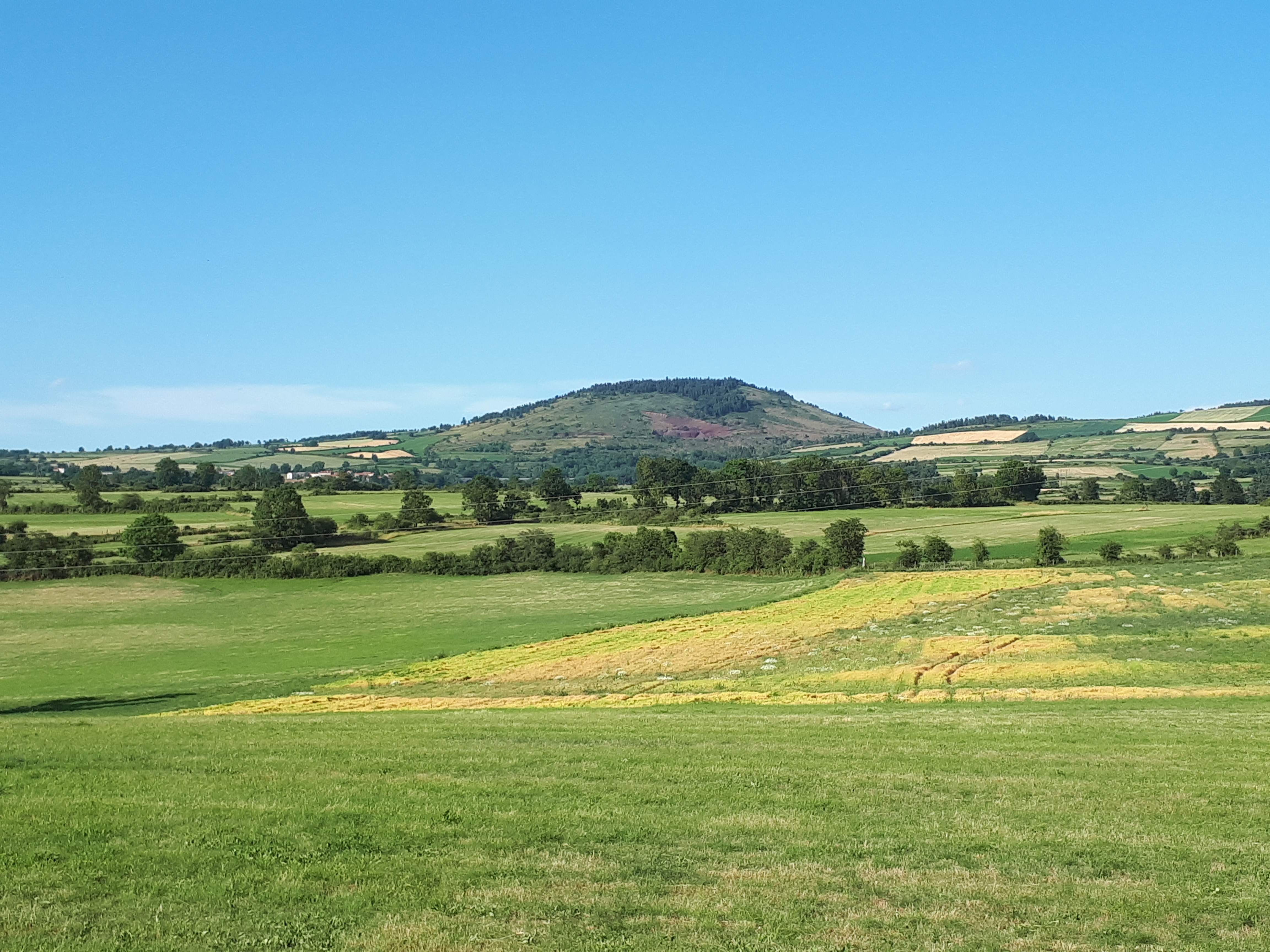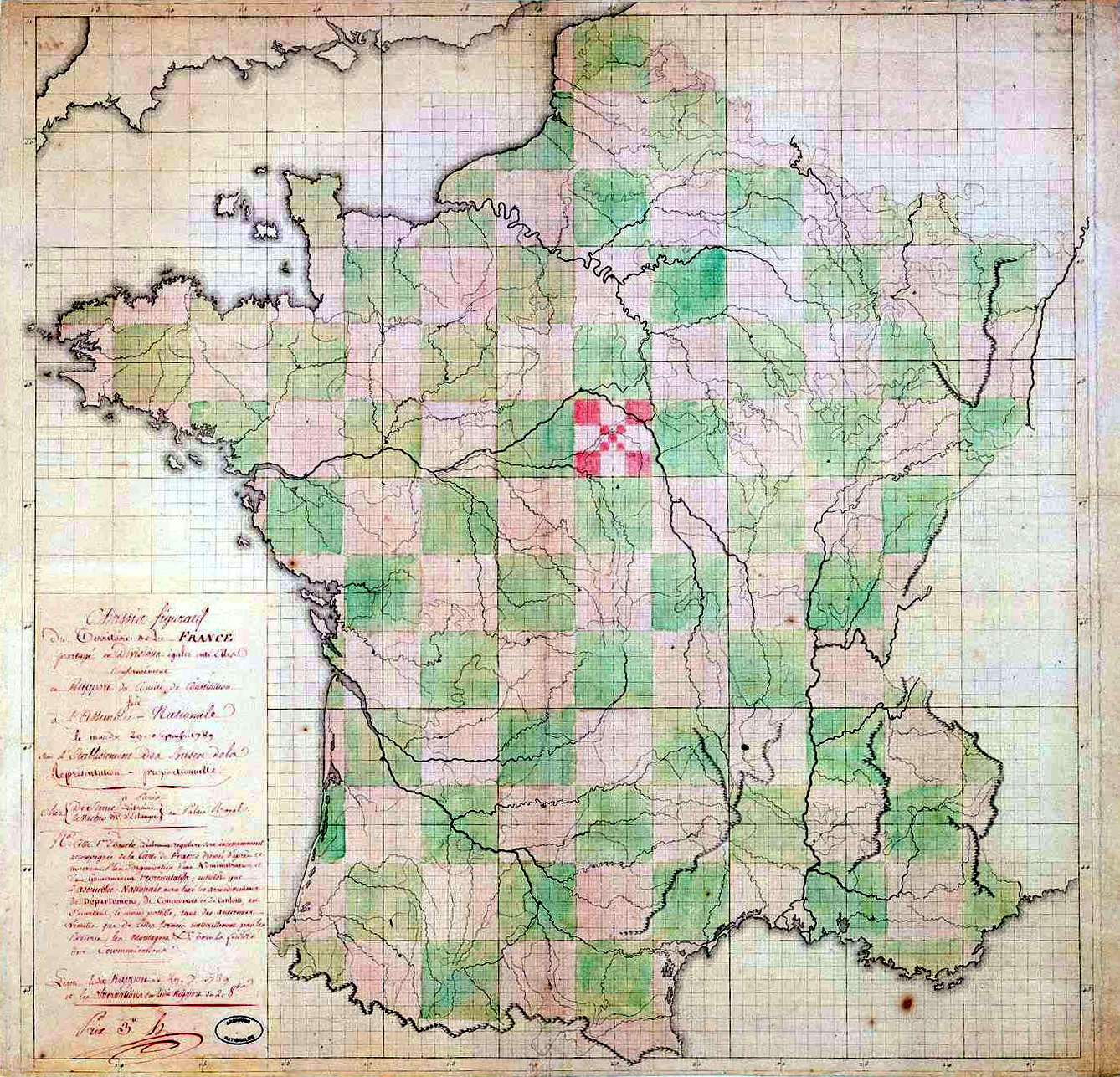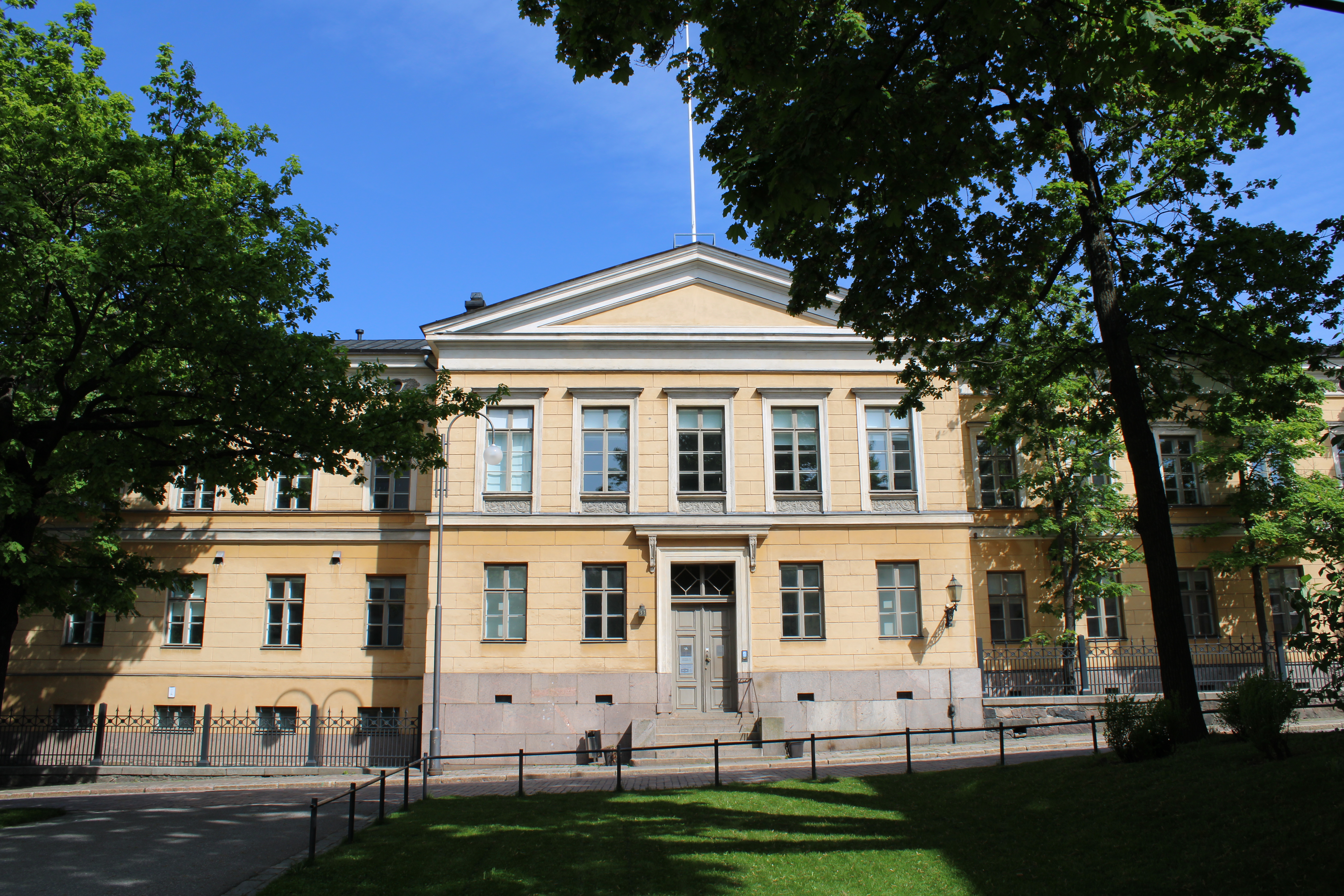|
Mont Devès
Mont Devès is a volcanic peak reaching an altitude of 1,421 meters in the Departments of France, French department of Haute-Loire. It is the highest point of the Devès massif in the Massif Central. Geography Mont Devès is located in the Devès massif, where it is the highest point, within the Massif Central. A Radio repeater, relay antenna is situated at its summit.''Institut Géographique National, IGN maps'' available oGéoportail/ref> References Mountains of the Massif Central Mountains of Haute-Loire {{Mountain-stub ... [...More Info...] [...Related Items...] OR: [Wikipedia] [Google] [Baidu] |
Devès Massif
The Devès is a vast basalt plateau in the Velay mountains of the Massif Central, located in Haute-Loire, forming a natural region of France. It reaches its highest point at Mont Devès at an altitude of 1,421 meters. Toponomy Devès is an Occitan term that refers to a "forbidden forest, protected," meaning it is not exploited. Geography Location The Devès is bordered to the west by the upper Allier valley and the Margeride mountains, to the north by the Livradois mountains, to the northeast by the Meygal massif, and to the east by the upper Loire valley and the Vivarais mountains. Geology The Devès massif, which is more of a high plateau, is one of the three volcanic massifs of Velay, the other two being the Mézenc massif and the Meygal. It is the largest basalt plateau in the Massif Central. The first eruptions are dated to 6 million years ago, but most of the volcanic activity occurred between 3.5 and 0.6 million years ago, with two peaks at 1 and 2 mil ... [...More Info...] [...Related Items...] OR: [Wikipedia] [Google] [Baidu] |
Haute-Loire
Haute-Loire (; or ''Naut Leir''; English: Upper Loire) is a landlocked department in the Auvergne-Rhône-Alpes region of south-central France. Named after the Loire River, it is surrounded by the departments of Loire, Ardèche, Lozère, Cantal and Puy-de-Dôme. In 2019, it had a population of 227,570;Populations légales 2019: 43 Haute-Loire INSEE its inhabitants are called ''Altiligériens'' in French (English : Altiligerians). The department, which has its in , covers the upper reaches of the Lo ... [...More Info...] [...Related Items...] OR: [Wikipedia] [Google] [Baidu] |
Departments Of France
In the administrative divisions of France, the department (, ) is one of the three levels of government under the national level ("territorial collectivity, territorial collectivities"), between the Regions of France, administrative regions and the Communes of France, communes. There are a total of 101 departments, consisting of ninety-six departments in metropolitan France, and five Overseas department and region, overseas departments, which are also classified as overseas regions. Departments are further subdivided into 333 Arrondissements of France, arrondissements and 2,054 Cantons of France, cantons (as of 2023). These last two levels of government have no political autonomy, instead serving as the administrative basis for the local organisation of police, fire departments, and, in certain cases, elections. Each department is administered by an elected body called a departmental council (France), departmental council ( , ). From 1800 to April 2015, these were called gene ... [...More Info...] [...Related Items...] OR: [Wikipedia] [Google] [Baidu] |
France
France, officially the French Republic, is a country located primarily in Western Europe. Overseas France, Its overseas regions and territories include French Guiana in South America, Saint Pierre and Miquelon in the Atlantic Ocean#North Atlantic, North Atlantic, the French West Indies, and List of islands of France, many islands in Oceania and the Indian Ocean, giving it Exclusive economic zone of France, one of the largest discontiguous exclusive economic zones in the world. Metropolitan France shares borders with Belgium and Luxembourg to the north; Germany to the northeast; Switzerland to the east; Italy and Monaco to the southeast; Andorra and Spain to the south; and a maritime border with the United Kingdom to the northwest. Its metropolitan area extends from the Rhine to the Atlantic Ocean and from the Mediterranean Sea to the English Channel and the North Sea. Its Regions of France, eighteen integral regions—five of which are overseas—span a combined area of and hav ... [...More Info...] [...Related Items...] OR: [Wikipedia] [Google] [Baidu] |
Radio Repeater
A radio repeater is a combination of a radio receiver and a radio transmitter that receives a signal and retransmits it, so that two-way radio signals can cover longer distances. A repeater sited at a high elevation can allow two mobile stations, otherwise out of line-of-sight propagation range of each other, to communicate. Repeaters are found in professional, commercial, and government mobile radio systems and also in amateur radio. Repeater systems use two different radio frequencies; the mobiles transmit on one frequency, and the repeater station receives those transmission and transmits on a second frequency. Since the repeater must transmit at the same time as the signal is being received, and may even use the same antenna for both transmitting and receiving, frequency-selective filters are required to prevent the receiver from being overloaded by the transmitted signal. Some repeaters use two different frequency bands to provide isolation between input and output or as a ... [...More Info...] [...Related Items...] OR: [Wikipedia] [Google] [Baidu] |
Institut Géographique National
An institute is an organizational body created for a certain purpose. They are often research organisations (research institutes) created to do research on specific topics, or can also be a professional body. In some countries, institutes can be part of a university or other institutions of higher education, either as a group of departments or an autonomous educational institution without a traditional university status such as a "university institute", or institute of technology. In some countries, such as South Korea and India, private schools are sometimes referred to as institutes; also, in Spain, secondary schools are referred to as institutes. Historically, in some countries, institutes were educational units imparting vocational training and often incorporating libraries, also known as mechanics' institutes. The word "institute" comes from the Latin word ''institutum'' ("facility" or "habit"), in turn derived from ''instituere'' ("build", "create", "raise" or "educat ... [...More Info...] [...Related Items...] OR: [Wikipedia] [Google] [Baidu] |
Mont Devès OSM
Mont may refer to: Places * Mont., an abbreviation for Montana, a U.S. state * Mont, Belgium (other), several places in Belgium * Mont, Hautes-Pyrénées, a commune in France * Mont, Pyrénées-Atlantiques, a commune in France * Mont, Saône-et-Loire, a commune in France Other uses * Mont (food), a category of Burmese snacks and desserts * Mont (surname) * Mont., botanical author abbreviation of Camille Montagne (1784-1866), French military physician and botanist * ''Seawise Giant'', the largest ship in the world, later renamed MV ''Mont'' for her final journey * Menthu or Mont, a deity in Egyptian mythology * M.O.N.T, South Korean boy group * Metal-organic nanotubes, a class of polymers See also * Le Mont (other) * Monts (other) * Monte (other) Monte may refer to: Places Argentina * Argentine Monte, an ecoregion * Monte Desert * Monte Partido, a ''partido'' in Buenos Aires Province Italy * Monte Bregagno * Monte Cassino * Montecorvino ... [...More Info...] [...Related Items...] OR: [Wikipedia] [Google] [Baidu] |
Mountains Of The Massif Central
A mountain is an elevated portion of the Earth's crust, generally with steep sides that show significant exposed bedrock. Although definitions vary, a mountain may differ from a plateau in having a limited summit area, and is usually higher than a hill, typically rising at least above the surrounding land. A few mountains are isolated summits, but most occur in mountain ranges. Mountains are formed through tectonic forces, erosion, or volcanism, which act on time scales of up to tens of millions of years. Once mountain building ceases, mountains are slowly leveled through the action of weathering, through slumping and other forms of mass wasting, as well as through erosion by rivers and glaciers. High elevations on mountains produce colder climates than at sea level at similar latitude. These colder climates strongly affect the ecosystems of mountains: different elevations have different plants and animals. Because of the less hospitable terrain and climate, mountains te ... [...More Info...] [...Related Items...] OR: [Wikipedia] [Google] [Baidu] |




